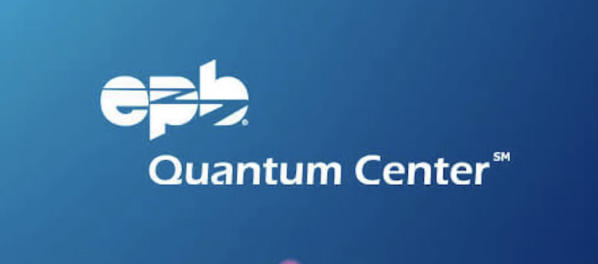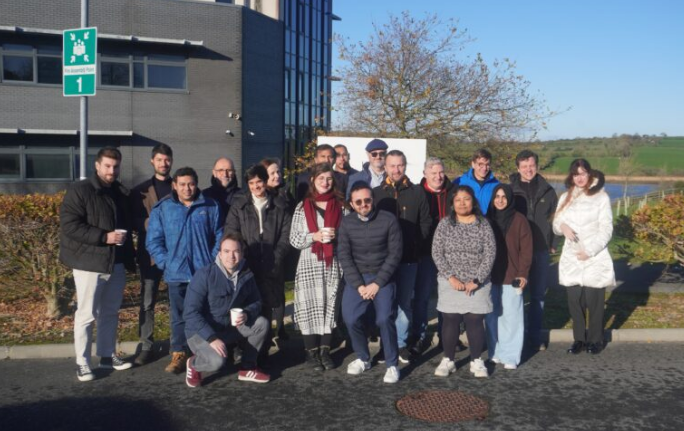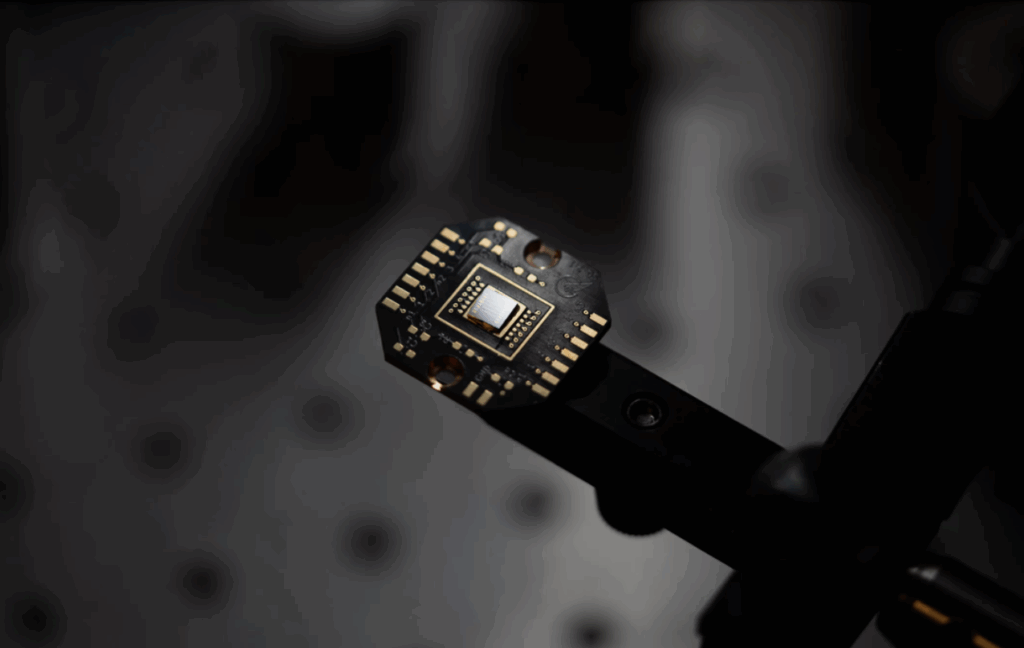Insider Brief
- EPB Quantum has expanded its resources with hybrid computing by adding an NVIDIA DGX system at its Chattanooga center through an agreement with Oak Ridge National Laboratory.
- The collaboration with ORNL, NVIDIA, and IonQ will use the new hybrid system to develop quantum-classical solutions for optimizing power grid operations across the U.S.
- The project aims to minimize electrical losses, improve capacity, and create replicable methodologies for enhancing energy distribution reliability and efficiency.
PRESS RELEASE — EPB QuantumSM announced that it is enhancing its quantum computing resources by adding hybrid computing capabilities. Through an agreement with the Department of Energy’s Oak Ridge National Laboratory (ORNL), an NVIDIA DGX system has been installed at the EPB Quantum CenterSM in Chattanooga, Tennessee, which is already home to America’s first commercially available quantum network and IonQ’s Forte Enterprise Quantum Computer scheduled for commissioning in early 2026. Watch video here.
The combination of classical supercomputing along with cutting-edge, commercially available quantum technology platforms within the same facility further solidifies EPB Quantum as a comprehensive national resource for developing and commercializing real-world applications for quantum technologies.
In EPB Quantum’s first use of the new hybrid computing resources, EPB and ORNL will work with NVIDIA and IonQ to explore solutions for optimizing power grids. By pushing the frontier on maximizing efficiency in local electric system operations, the project aims to identify algorithms, methodologies and best practices for enhancing power distribution across the U.S.

“This grid optimization project with ORNL, IonQ and NVIDIA shows how EPB Quantum is bridging a critical gap,” said David Wade, CEO of EPB. “By making a comprehensive suite of quantum development resources accessible as a real-world platform for innovation, we’re making it possible for entrepreneurs, industry leaders, national labs and universities to work side by side toward breakthroughs that can really make a difference for people and communities in the years ahead.”
Since launching the country’s most advanced automated energy grid in 2009, EPB’s electric system has generated trillions of operational data points through thousands of automated sensors operating across 15,000 miles of fiber optic cable. The new project will focus on minimizing electrical losses and voltage drops while better balancing load to improve capacity and enhance reliability.
“EPB and ORNL have consistently demonstrated how combining world-class research capabilities with real-world energy infrastructure can accelerate innovation,” said ORNL Director Stephen Streiffer. “From advancing grid automation to pioneering quantum-secure communication, our joint efforts have repeatedly moved technologies from concept to practical application. This next phase builds on that record of success to push the boundaries of what’s possible for the nation’s energy future.”
Beginning in 2016, EPB, with ORNL, Los Alamos National Laboratory and Qubitekk began working together on “QED: Quantum Ensured Defense of the Smart Electric Grid,” to apply quantum networking to protect power grid signals against third-party infiltration. That experience won a 2021 R&D 100 Award and led to the launch of EPB Quantum Network®, the nation’s first commercially available quantum network and the eventual acquisition of Qubitekk by IonQ.
“IonQ’s quantum hardware is advancing at a tremendous pace, which has allowed us to unlock early quantum advantage by partnering and building powerful algorithms,” said Niccolo de Masi, Chairman and CEO of IonQ. “By combining EPB’s real-world infrastructure with the expertise in national labs, industry leaders and innovators, IonQ is developing practical applications with real commercial advantage.”
The combination of quantum and classical resources will allow ORNL’s researchers to analyze a volume of EPB’s grid data in ways not previously accomplished.
“The future of scientific computing will see businesses and researchers draw on both quantum and classical hardware within hybrid supercomputing systems”, said Sam Stanwyck, Group Product Manager for quantum computing at NVIDIA. “NVIDIA’s work with EPB, ORNL and IonQ on this project is not only allowing us to glimpse this future but is also helping to build it”.
The outcomes of the project are designed to be replicable so other energy systems can apply them to their own. EPB operates a 600-square-mile energy distribution system in southeast Tennessee.


















